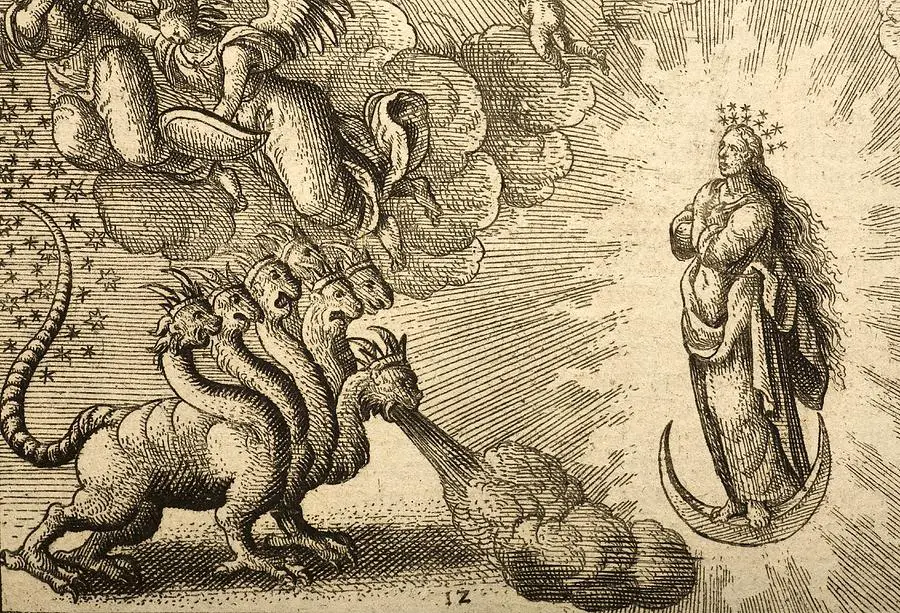
Yes, the Brains of Artists ARE Different
After having done thousands of interviews, I can tell you that artists are wired differently from you and me. The most artiste person I ever met was John Frusciante when he was with the Red Hot Chili Peppers. The man is definitely on a different plane, able to conceptualize and realize music, melodies, sounds and audio in ways that are totally foreign to the average person. But when it came to navigating real life, he struggled.
Other artistes I’ve encountered include David Bowie (in a different galaxy), Jared Leto (on a weird planet), Leonard Cohen, Trent Reznor, Scott Weiland, Slash, Robert Smith, Marilyn Manson, Morrissey and Courtney Love. Just a few minutes in their presence makers it clear they inhabit headspaces inconceivable to non-artists. It’s truly awe-inspiring.
There’s obviously something to the biology and neurology to creativity. But what is it? What is different about the brain of an artist? The Hollywood Reporter has this story about the latest research into the matter.
There has been very little research to actually understand the biology of creativity. So in November, with support from the John Templeton Foundation, we presented the results of our Big C project to the Society for Neuroscience of Creativity. (“Little C” creativity can be found in nearly all people; “Big C” creativity is relatively rare, involves breakthrough thinking and can be associated with greatness.) The Big C project studied differences in creativity between internationally renowned artists and scientists who have been acknowledged by their peers as showing high levels of innovation in their work. We studied 30 people in each of three groups: scientists, artists and a control group — people recruited from around UCLA who are very smart but not selected for being particularly creative.
Following a series of word-association exercises, we found in the scientists a particular randomness in the organization of their functional brain networks, which was greater than the patterns of neural activity of the smart control group. And the artists’ brains? Their level of randomness placed in between the two groups. That was a big surprise to us. What is it about the randomness in connections that enables scientific creativity and seems to be present more in scientists than in the brains of such subjects as artist Doug Aitken, fine-art photographer Catherine Opie and conceptual artist Glenn Kaino? No one knows the answer yet, but now we have evidence of a relationship between brain organization and creativity.
Fascinating stuff. Keep reading.



